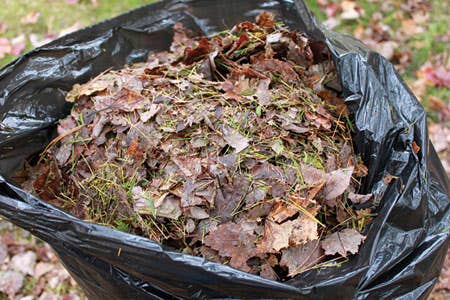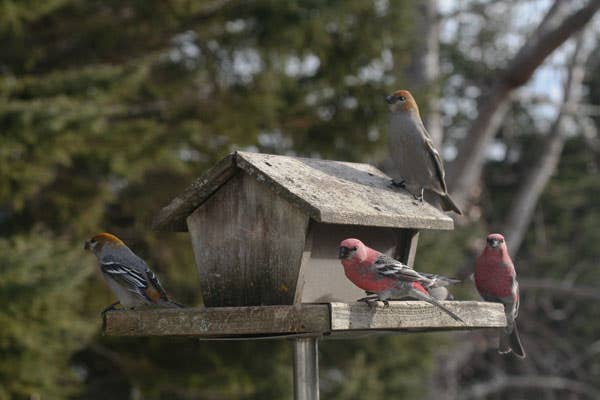Tip of the Week: When to Move Plants Outside
In spring, houseplants can migrate to the porch or yard to enjoy an extended fresh air vacation. Tropical container plants and tender perennials that were held inside for the winter return to the great outdoors, too. Here’s how to tell if the time is right to make the move.
In spring, houseplants can migrate to the porch or yard to enjoy an extended fresh air vacation. Tropical container plants and tender perennials that were held inside for the winter return to the great outdoors, too. When the weather cools in autumn, they all come back inside. But when is it safe to move them out in spring? And how long can they stay out in fall?
Perfect timing isn’t crucial as long as you err on the side of caution. Put them out too early or leave them out too late, though, and you have a problem: cold-damaged, if not dead, plants.
You can feel more confident about when to move plants out and in with a little reseach and record keeping:
- Find out the lowest temperature the plant in question can take
- Keep track of the air temperature as spring (or fall) progresses. You can get an idea of the day’s highs and lows from the local weather report, but a simple thermometer will tell you the true conditions in your own yard.
- Hang your thermometer in the shade, about three feet high. This position prevents the sun or the warmth of the earth from affecting the reading.
- Check the thermometer several times a day; you’ll see how much the temp can fluctuate. The lowest temperature generally occurs just before dawn; at that point the earth has lost all of the sun’s heat that it absorbed the day before. That’s the temp to go by when judging if your plants can stay out overnight.
Extra tip: Be careful about sun exposure, too, when first putting plants outside. The sun is much more intense outside than through a window, so put plants in a shady spot first, then gradually move them into the sun, starting with just a few hours of direct light each day.







